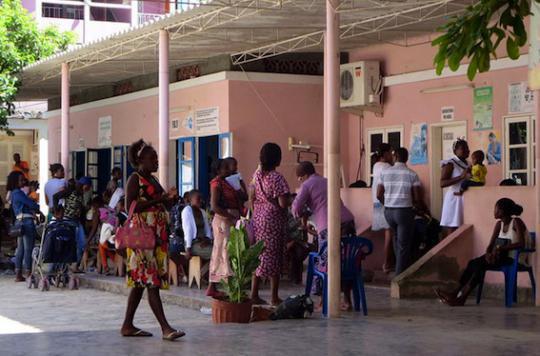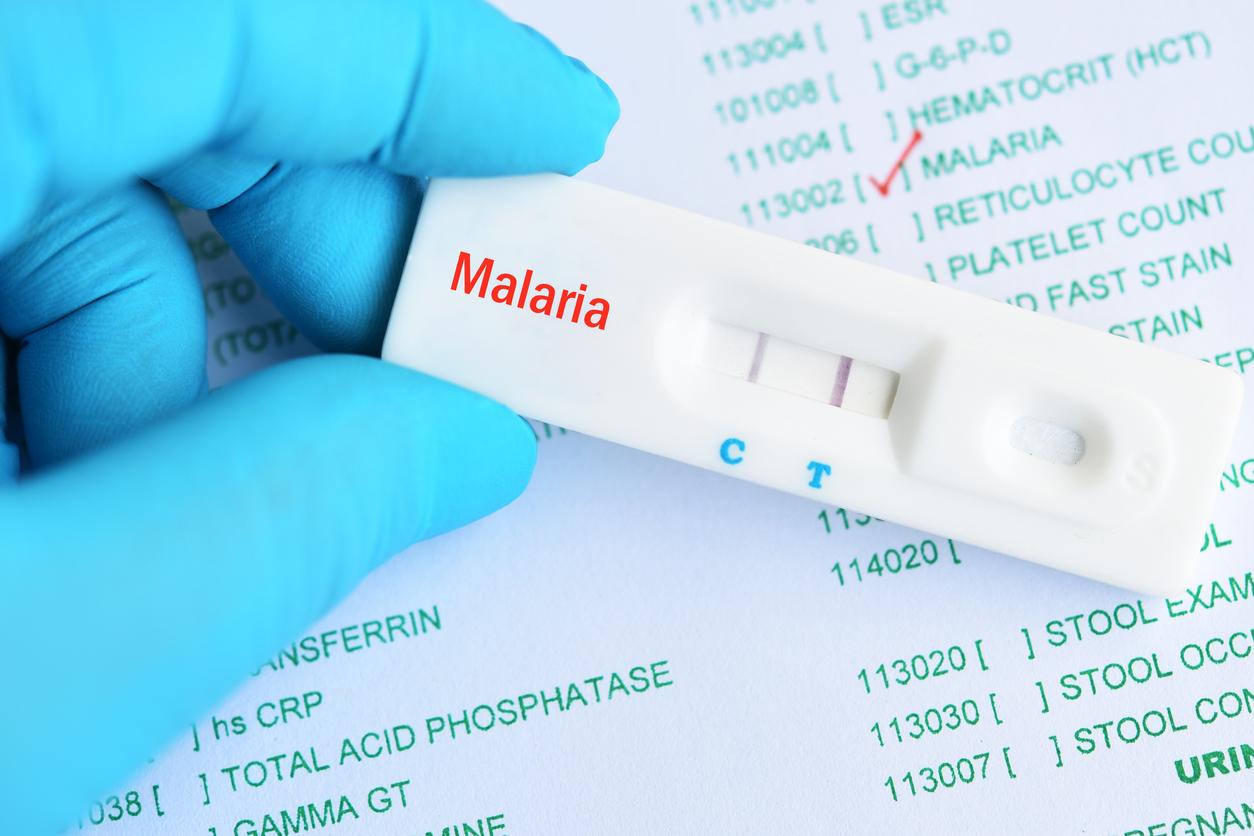Since January, more than 3,400 Angolans and 1,300 Congolese have reportedly been infected with the yellow fever virus, which has killed more than 400 people.

Yellow fever continues to claim lives in Angola, the epicenter of the epidemic, and in the Democratic Republic of Congo (DRC). At the end of June, 3,464 suspected cases were reported to Angolan health authorities in all provinces of the country, including 868 confirmed cases. Since January, 353 people have succumbed to this infectious disease transmitted by the mosquito Aedes.
The toll is also worsening in the DRC, where the epidemic was declared in 3 provinces by the Minister of Health last week. In this neighboring country of Angola, 1,307 people have been infected, including 68 confirmed cases. Of these, more than 80% are imported from Angola. The Congolese authorities have also recorded 75 deaths.
To counter this outbreak, massive vaccination campaigns are underway in Angola and DRC, particularly in the neighboring areas. Since June 11, more than 2.3 million doses of vaccine have been distributed to 12 Angolan districts and more than 8 million people have already been vaccinated.
A feared international spread
But for now, these campaigns are failing. The virus continues, in fact, to persist and reaches new regions in Angola, in particular because of “porous borders” and “an inadequate surveillance system”, lamented the World Health Organization (WHO).
The spread of the virus internationally by unvaccinated travelers has therefore become a fear for the UN agency. She therefore asks them to ensure that they are vaccinated and have their valid vaccination certificate to prove that they are protected against this disease.
.















